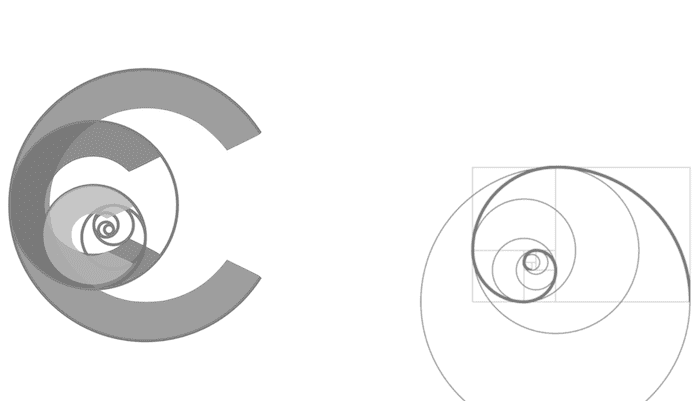Inhaled Foreign Body
OVERVIEW
- passage of a foreign body into the respiratory tract
- potentially life-threatening
PREOPERATIVE
HISTORY
- 1-3 year old
- coughing with food
- stridor
- respiratory distress
- wheeze
- cyanosis
- collapse
- infection symptoms (pneumonia)
EXAMINATION
- stridor
- decreased SpO2
- increased RR and WOB
- decreased AE on affected side
- rhonchi and wheeze on affected side
INVESTIGATIONS
- CXR (inspiratory and expiratory): in expiratory there may be areas of hyperinflation +/- mediastinal shift
MANAGEMENT
- referral to a centre with appropriate paediatric and ENT skills (lack of experience is cited as a major reason for morbidity)
- starve appropriately
- EMLA for IV access
- pre-medication: 0.25mg/kg PO midazolam, 2.5-5mg/kg PO ketamine, 20mg/kg paracetamol PO
- bronchodilators
- antibiotics and steroids (as indicated)
INTRAOPERATIVE
- IV access
- inhalational induction (sevo -> halo) vs IV induction (controversial)
INHALATIONAL
- advantages: lower risk of F/B moving distally -> easier to remove, allows for rapid assessment of ventilation after removal
- disadvantages: depth of anaesthesia required decreases Q and ventilation, increased resistance to ventilation with scope in -> hypercarbia
IV
- advantages: airway immobilized, balanced anaesthetic, decreases atelectasis
- disadvantages: access may be difficult, may precipitate decompensation
- FiO2 1.0
- topical anaesthesia to vocal cords (1% lignocaine – 4mg/kg)
- antisialagogue (glycopyrulate 5mcg/kg or atropine 20mcg/kg – this is controversial)
- full monitoring
- rigid bronchoscope (Storz ventilating bronchoscope – ventilation + visualisation on insertion, circuit connected to side arm and provides O2 and inhalational agent when eye piece in)
- if it is in the lower airway then muscle relaxation and IPPV may be required as body will be pushed distally until can be grasped (give assisted ventilation via T-piece or high frequency jet ventilation)
- can be long
- management of hypoxia -> re-insert eye piece and deliver O2
- management of F/B in trachea and can’t remove -> push down a main bronchus
POSTOPERATIVE
- dexamethasone 0.5mg/kg IV
- nebulised adrenaline
- physio
- bronchodilators
- antibiotics are often given
COMPLICATIONS
- infection, bleeding, pneumothorax, airway trauma and swelling, tracheal perforation
References and Lniks
- Farrel, P (2004) “Rigid bronchoscopy for foreign body removal; anaesthesia and ventilation” Pediatric Anesthesia 14:84-89
- Verghese, S et al (2001) “Pediatric Otolarngologic Emergencies” Anesthesiology Clinics of North America, Vol 19 (2) pages 237 256

Critical Care
Compendium
Chris is an Intensivist and ECMO specialist at The Alfred ICU, where he is Deputy Director (Education). He is a Clinical Adjunct Associate Professor at Monash University, the Lead for the Clinician Educator Incubator programme, and a CICM First Part Examiner.
He is an internationally recognised Clinician Educator with a passion for helping clinicians learn and for improving the clinical performance of individuals and collectives. He was one of the founders of the FOAM movement (Free Open-Access Medical education) has been recognised for his contributions to education with awards from ANZICS, ANZAHPE, and ACEM.
His one great achievement is being the father of three amazing children.
On Bluesky, he is @precordialthump.bsky.social and on the site that Elon has screwed up, he is @precordialthump.
| INTENSIVE | RAGE | Resuscitology | SMACC
